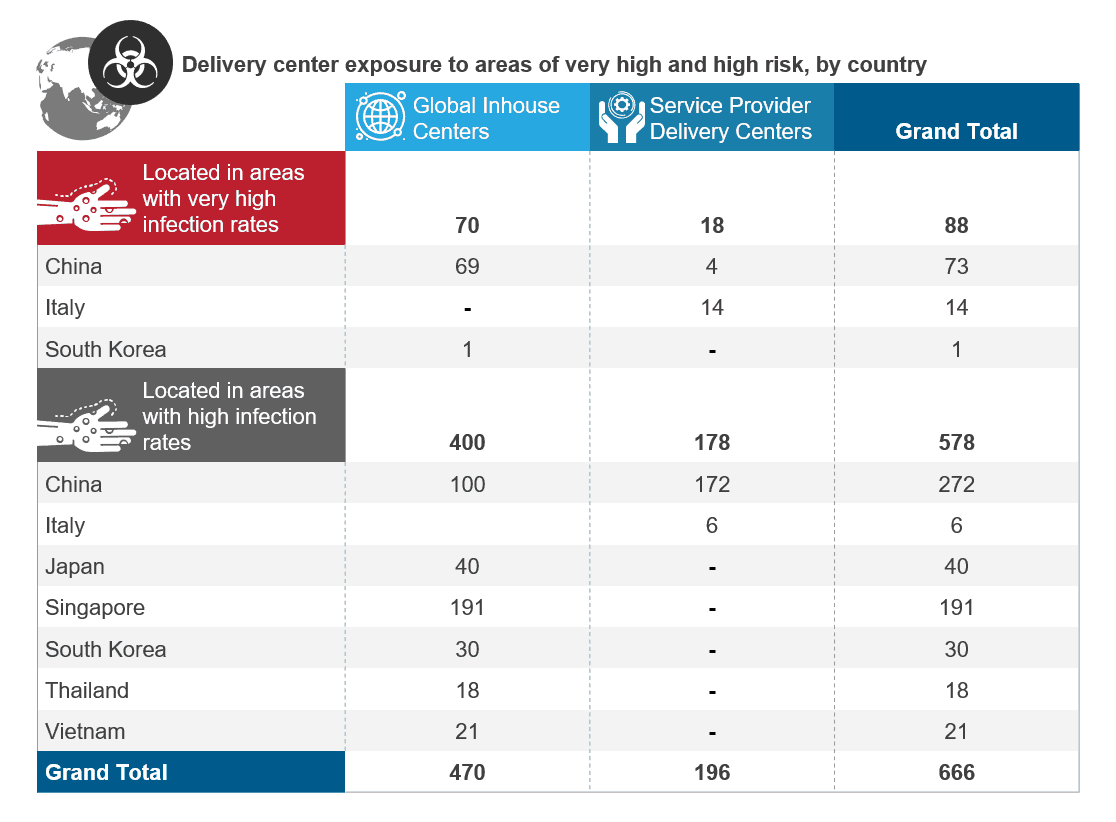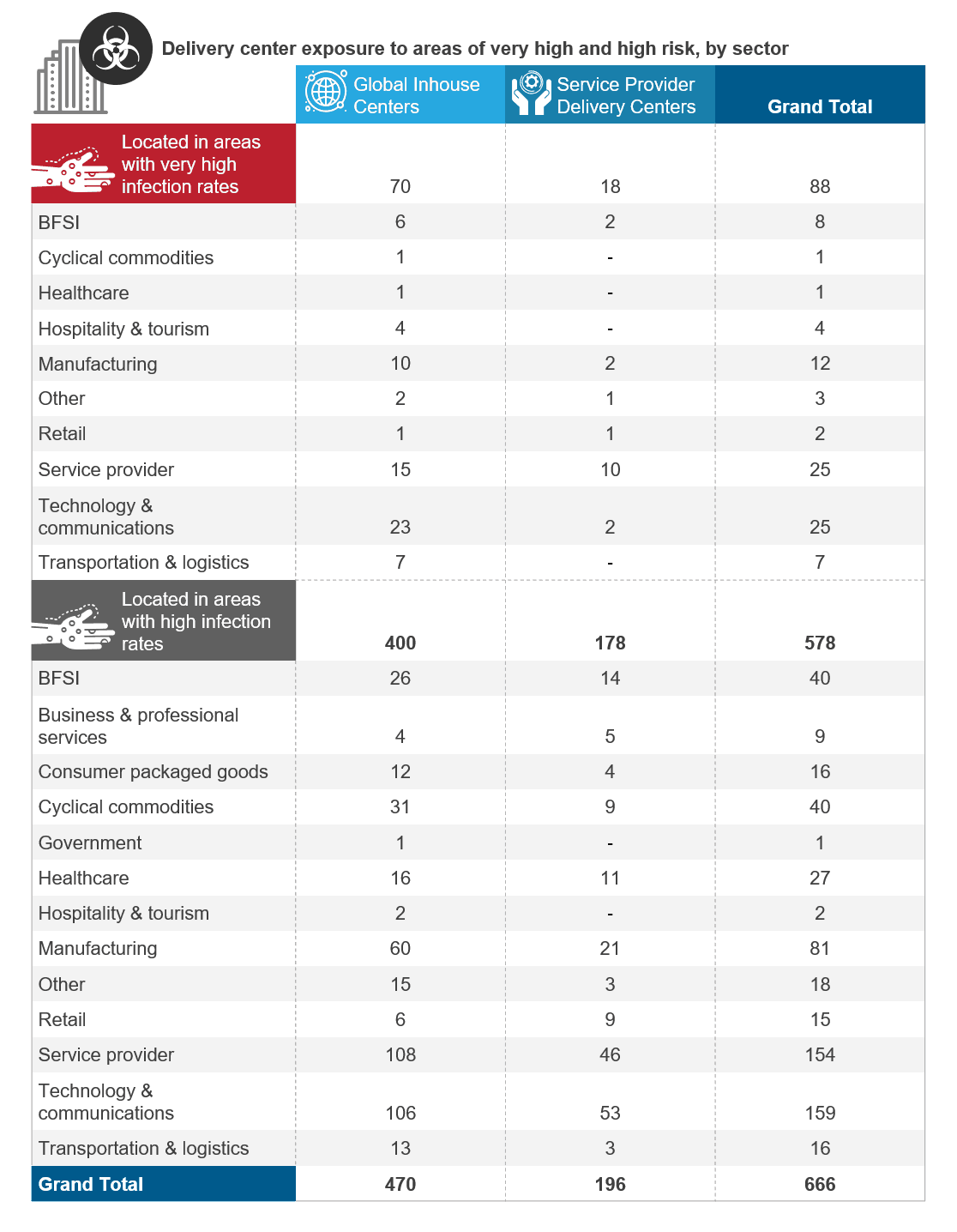Work from Home: 3 Underrated Impacts We Should Be Talking About | Blog
When COVID-19 pushed millions around the world to work from home, little focus was given at the time of urgency to the longer-term impacts if the practice continued post-pandemic. Work from Home (WFH) is here to stay, but what effect is it truly having on the environment, society and families, and individuals? To learn more about the less obvious repercussions of this new work model, read on.
COVID-19 impetus
COVID-19 accelerated a workplace experiment that had struggled to gain traction before the pandemic. As we emerge from the immediate crisis, global companies are increasingly clarifying their stance on the future of WFH.
Some are more bullish about sustaining a scaled WFH model than others. Many organizations are contemplating hybrid delivery models for the long term. Google CEO Sundar Pichai agrees on the importance of incorporating remote working. But other sectors such as the financial industry have a different take, with Goldman Sachs CEO David Solomon calling WFH “an aberration.”
While some organizations flourished during WFH with reported cost savings and productivity increases, others had issues below the surface as we previously reported in our blog post on Future of Work From Home in GBS Organizations – Separating Hype from Reality.
Impacts to pay attention to
The indelible impact of WFH on the environment, society and families, and individuals cannot be downplayed as it affects not only the current workforce but also future generations. Let’s take a look at how these three critical areas have been altered – both positively and negatively.
- The environment
Transportation, especially business travel and commuting, plays an oversized role when we talk about the environmental impact of remote working models. The lack of commuting reduces fossil fuel usage, leading to reductions in greenhouse emissions, air pollution, and the Scope 3 carbon footprint. Another positive for the environment is the significant reduction of paper and plastic usage in offices.
On the other hand, as we previously reported, virtual meetings require large amounts of data that need greater power. This puts huge energy demands on data centers that power the internet and could partially offset the positives.
Other aspects are a mixed bag of positive and negative impacts. Before the pandemic, the lighting, cooling, or heating generally ran at all times in an office building. Individuals working at home will likely use less energy as they tend to be responsible about energy usage as the onus of power bills is on them.
However, one can argue that the power used by individual homes could be collectively higher than offices using well-designed zonal heating and cooling. Another impact to consider is that the WFH model could duplicate enabling equipment (such as external monitors, keyboards, and printers, etc.), which could offset the positives to some extent.
- Society and families
WFH has opened up employment opportunities for those who have challenges working in traditional environments, directly improving diversity and inclusivity in organizations and potentially reducing social inequalities in the long term.
Remote working, for example, has enabled organizations that have not yet made their workplaces accessible for people with disabilities to hire these individuals. It also has allowed companies to improve inclusivity by providing opportunities for individuals from disadvantaged backgrounds for whom office location and delivery models have been obstacles.
Further, WFH can help organizations retain workers who have young children they are caring for at home, as household responsibilities are more redistributed today and both partners play a greater role in upbringing children. The flexibility of work from home also can benefit employees in single-parent households in juggling competing priorities of work and child care.
WFH has also allowed employees living in expensive tier-1 cities to move to lower-cost areas and return to their hometowns, providing the benefits of more time with family and social circles along with cost savings. With the pandemic impacting older adults more severely, work from home has allowed adult children to provide much needed support.
On the other hand, remote working has led many people, particularly the marginalized, to feel excluded and left out. A majority of women have reported a negative impact of WFH due to increased household responsibilities and disruption of work-life balance attributed to traditional gender roles.
The social aspects of interacting at work with many different individuals also have been diminished, limiting the development of employee’s social skills and organizational culture. The virtual environment has made it more difficult for people from under-represented groups to be visible and have their voices heard.
Online networking in discussion groups and forums has been a positive social outlet but tends to favor employees with digital skills and an existing large network base.
Another challenge is the increasing numbers of individuals hired during the pandemic who have never met their colleagues in person. While companies are taking new initiatives to solidify peer connections and foster team collaboration with remote workforces, this is a difficult road that will need concerted, ongoing efforts.
- Individuals
Of all the aspects addressed so far, the impact on an individual is, by far, the most understated. While employees found the WFH model flexible and enjoyable during its early days, most of them have now reported fatigue and tiredness with the model.
Employees feel a negative impact of remote working on their physical well-being, including weight gain and musculoskeletal problems. Those who walked or biked to their jobs or during breaks are no longer getting this exercise. Lockdowns also restricted other physical activities they may have done outside work. Using non-ergonomic furniture like sofas and beds to work also has had negative health consequences.
WFH has had a profound impact on the mental well-being of employees who have difficulties separating work-home boundaries and managing their workloads with irregular long hours. Microsoft CEO Satya Nadella has commented that online meetings can make employees tired as well as make the transition from work to private life hard, saying, “Work from home feels like sleeping at work.”
Employees are increasingly complaining of sluggish cognitive performance, commonly dubbed as “pandemic brain,” which arises from long periods in isolation. Increasingly, more employees are facing changes in sleep patterns, difficulty in stopping working, increased distractions, and greater work anxiety.
The negative impact of WFH varies across groups but seems to have disproportionately affected the disadvantaged, although a certain amount of this could be attributed to the pandemic and lockdown isolation.
The ability of each individual to cope with the changes has largely depended on the degree of their social and peer connections and support from their organizations. Employees of proactive organizations who have actively supported their mental health have adapted well to their new WFH environment, with improved performance and productivity.
Future of work
While WFH has been a big success out of necessity, organizations need to adopt a pragmatic approach as they strategically re-think the future of work. WFH is not going away. We expect companies to use different variations and combinations to create their own version of a WFA – Work from Anywhere model.
By going beyond a mere tactical approach and getting their hybrid model right, organizations will realize the benefits that WFH can bring of higher productivity, optimized costs, a loyal and diversified workforce, and a stronger cultural fabric.
How are you dealing with these softer, yet unignorable, impacts of WFH? Reach out to [email protected], [email protected] or [email protected] to share perspectives.



